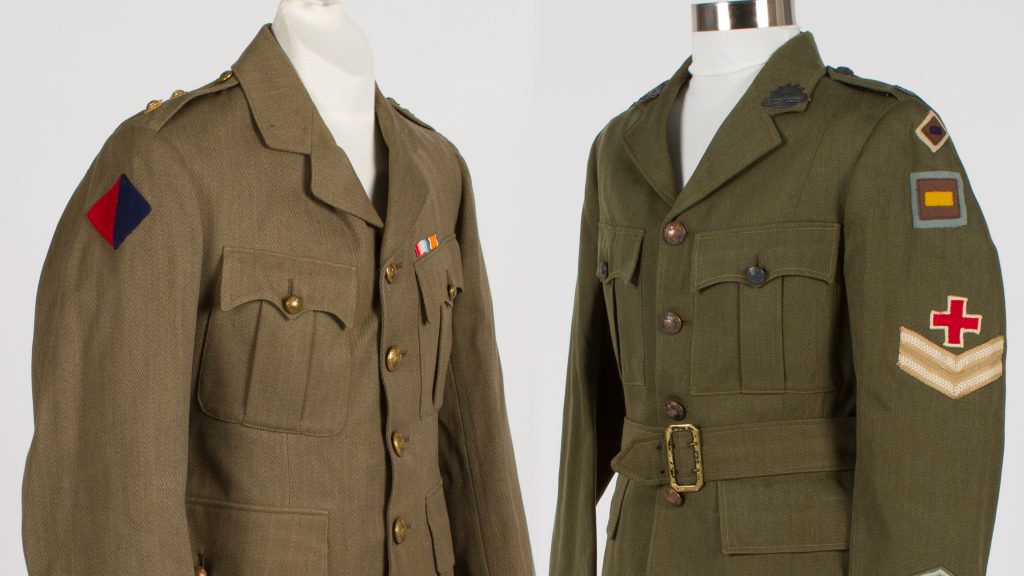
The two uniforms presented here belonged to Arthur Donald (Donald) Watson (1889–1934) and his daughter Patricia Elizabeth Watson (1920–2003) respectively and cover both World Wars with the ribbons, patches and badges detailing their service and rank. Donald’s service is a story in two parts. After serving with the 9th Regiment of the 1st Australian Light […]
Read More…
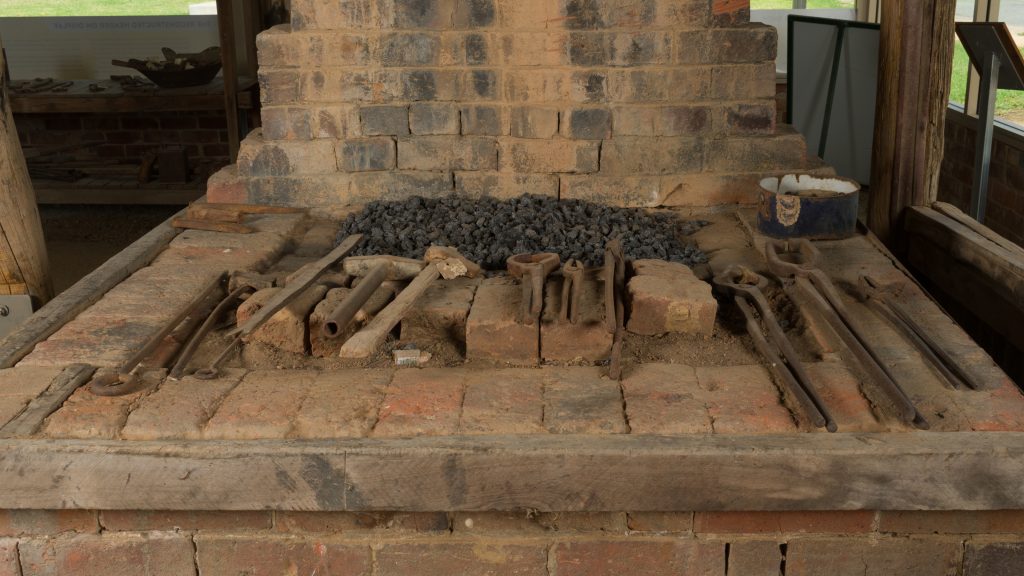
Two parts reliant on each other, the forge and bellows were the fire-breathing heart of Headlie Taylor’s (1883-1957) blacksmith workshop. To heat metal to the point it became malleable enough to shape, Taylor would have heated this forge to temperatures greater than 1100°C with the help of the bellows. With each pump of the bellows, […]
Read More…
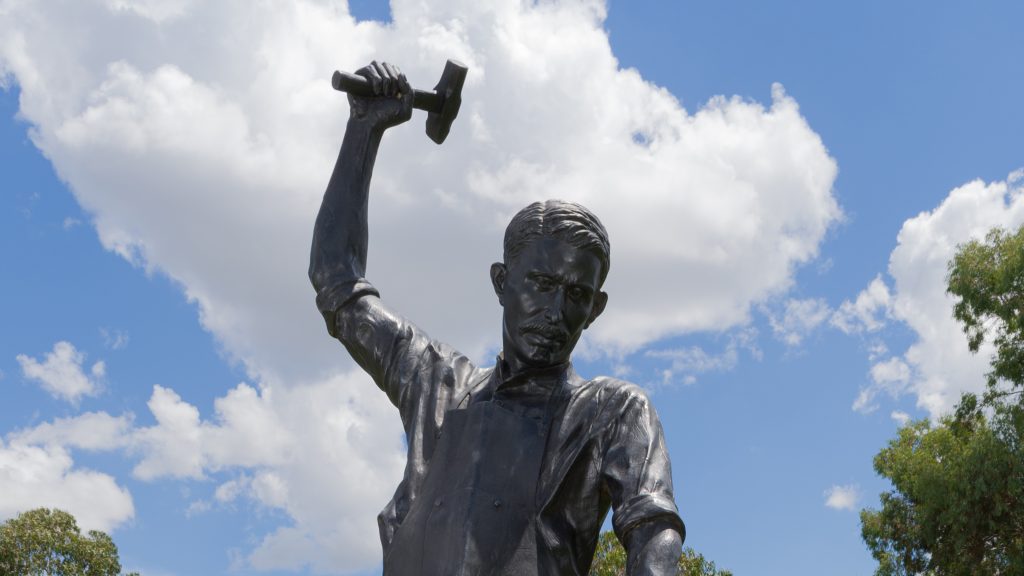
Hammer held aloft, the man prepares to bear down on the hot metal. He strikes it until it forms the shape of a cog which fits like a puzzle piece into his new invention. Over thirteen months, Melbourne sculptor Paul Smits skilfully captured this moment in this bronze sculpture for the Headlie Taylor Header Museum, […]
Read More…
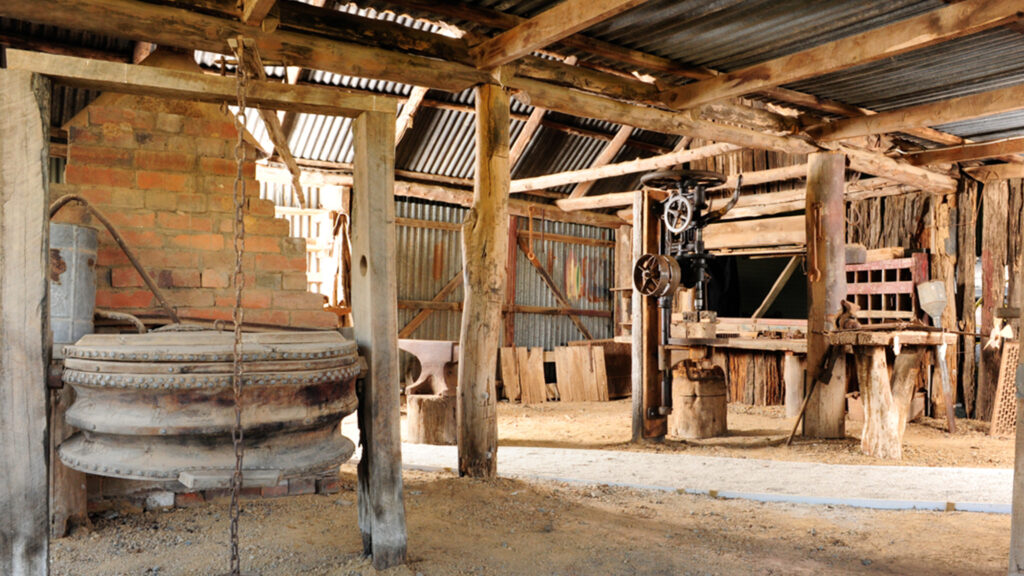
Those familiar with Headlie Taylor (1883-1957) might feel inspired upon entering his humble blacksmith workshop. The building was originally constructed by his parents as part of their family farm, ‘Emerald Hill’ near Henty in southern NSW, in 1880. Emblematic of farm buildings of the time, the functional shed had an earth floor while the pole […]
Read More…
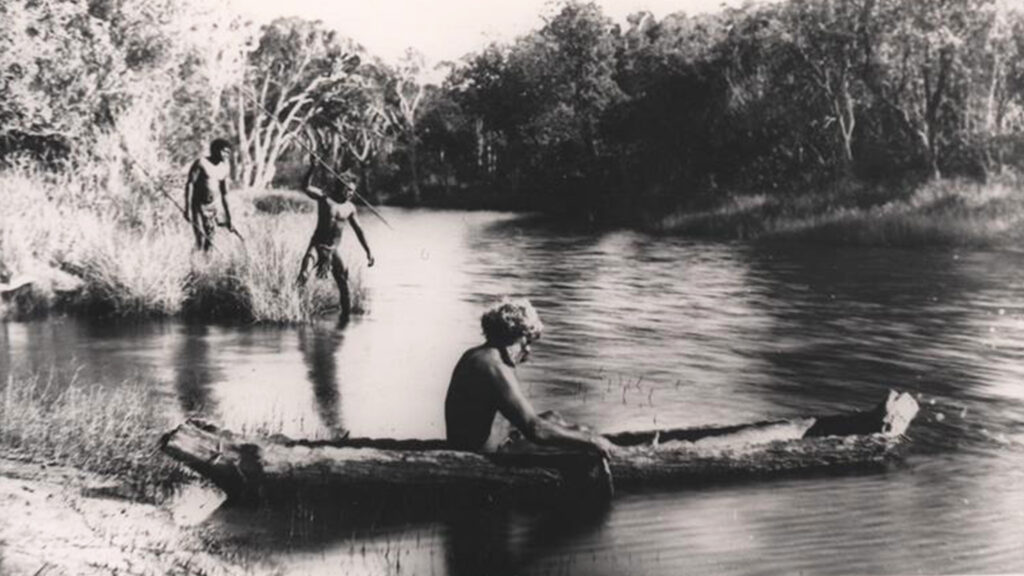
Aboriginal and Torres Strait Islander peoples are advised this story reflects on colonial violence inflicted upon Aboriginal people and contains the names of deceased persons. ‘Blackmans Point (southern side) is a place I lived with my mob. All the children were brought up gathering and eating fish, crabs and oysters from the river.’ We lived […]
Read More…
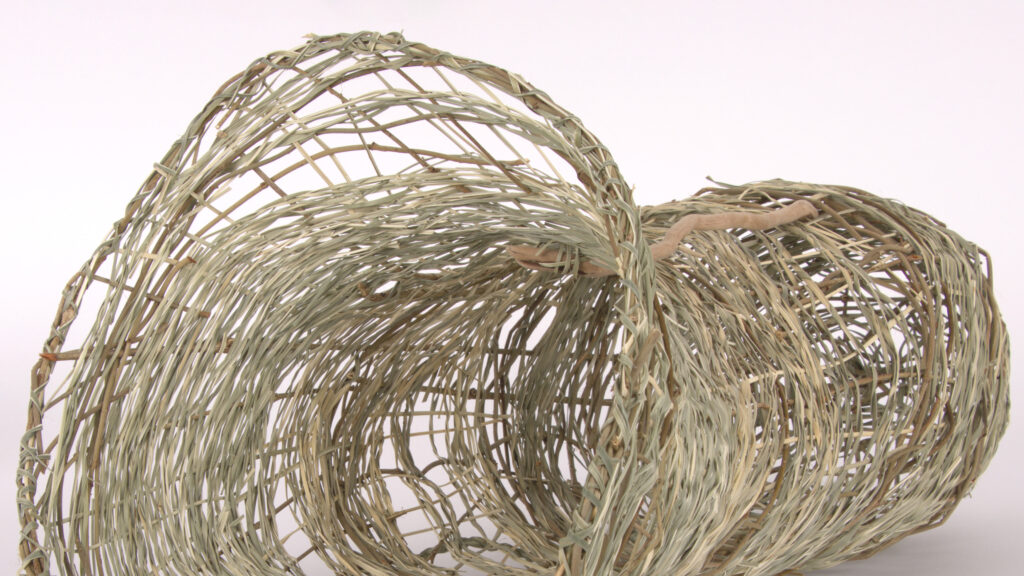
This weaving work Buna Fishtrap (fishtrap for beach) was handcrafted by Patricia (Trish) McInherny in 2024 using natural resources collected and gathered on Birpai Country, including invasive vine and native Lomandra (mat rushes). The techniques of random patterns and string weaving produce a strong vessel, used traditionally to catch and contain small bait fish. The […]
Read More…
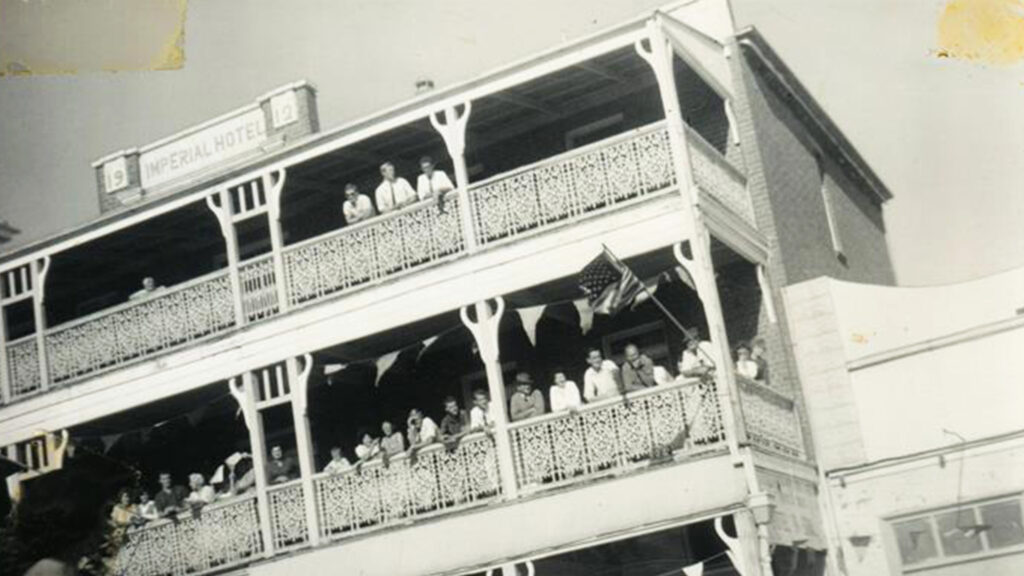
A man with an eye for passing trade, Mr John Selfe built the Imperial Hotel on what was to become Wee Waa’s main road. The 40-room hotel had already changed hands a few times and was leased by Mr W. Maher when a fire consumed the street on Valentine’s Day in 1912. The blaze started […]
Read More…
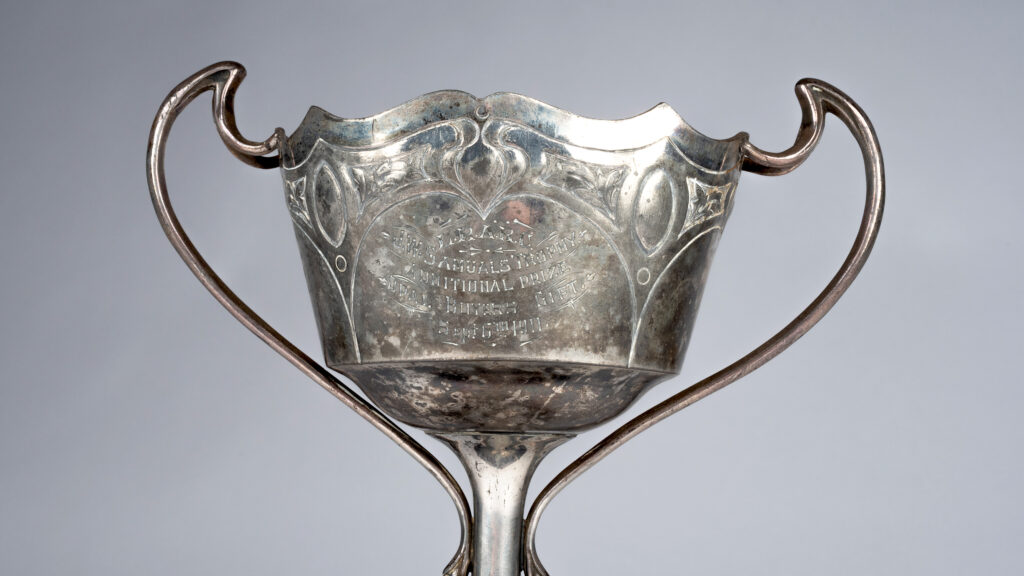
Amateur racing clubs thrived in country NSW during the early 1900s. Unlike the tightly regulated metropolitan tracks, amateur clubs accepted a wider range of weights, ages, and skill, thrilling spectators with predictably unpredictable outcomes. Unpredictability was not confined to the track at Lightning Ridge Amateur Race Club (LRARC). In a curious twist, there were not […]
Read More…
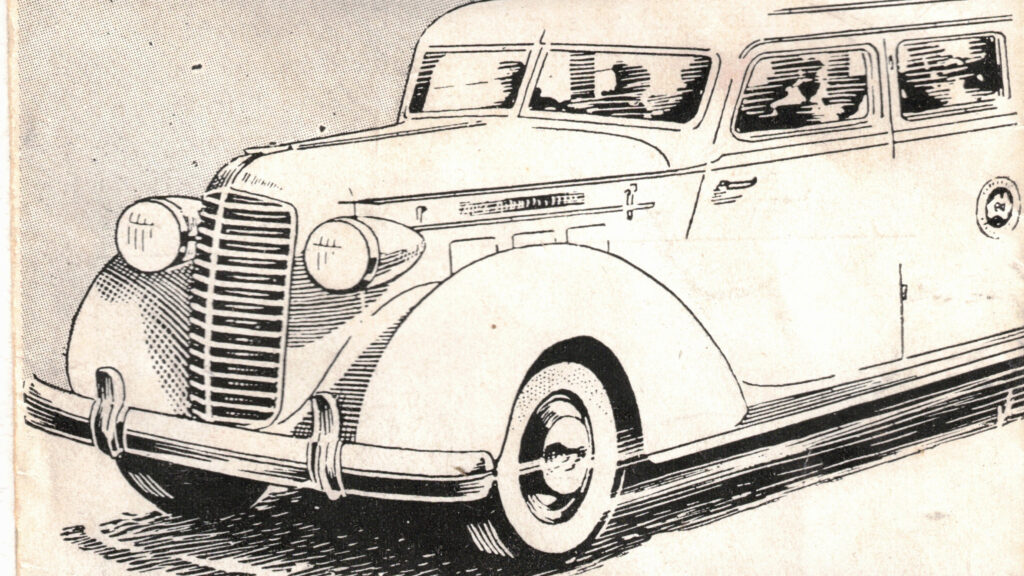
Rail travel to remote NSW was available long before cars and petrol stations became commonplace. However, the railways weren’t built for sightseeing or leisure; they existed to haul goods from the small towns that grew up around industries like farming and mining. The pace of travel was sedate, and large stretches of countryside were the […]
Read More…
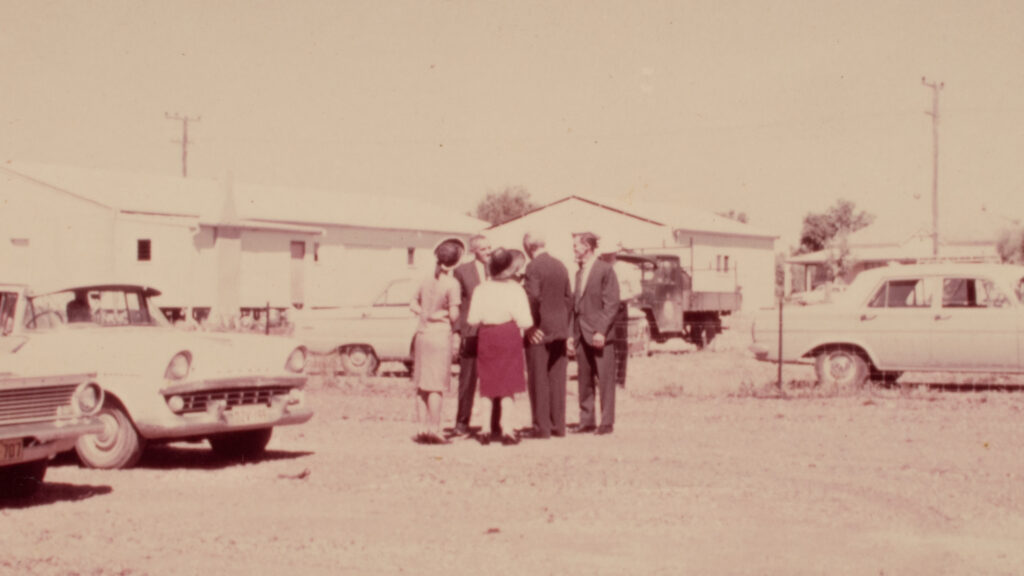
Founded and funded by altruistic opal miner, Madeleine Lenz (1917–2009), the Lightning Ridge Bowling Club was unofficially opened in 1967 by NSW’s Governor General, Lord Richard Casey (1890-1976). Attended by members only, the celebrations were jubilant, and the outback bowlers pulled together to make it a day to remember. Madeleine was a devout Catholic with […]
Read More…











